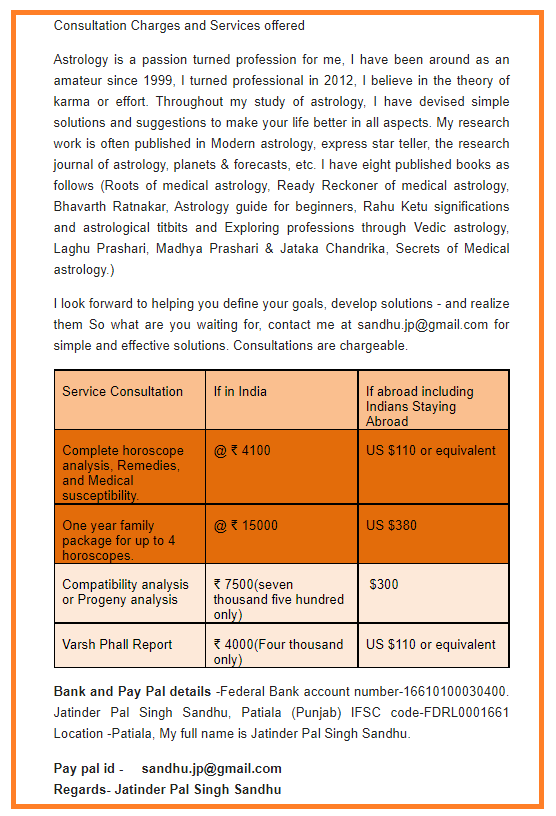Shivling or Shiva lingam connects a devotee with the Supreme Being – Lord Shiva. The lingam is the symbol of Lord Shiva and the lingam puja helps the devotee in understanding Lord Shiva. The Lord cannot be described but still we say he is without a beginning and an end and is without a form. It is difficult for a devotee to understand this formless nature. Therefore Lord Shiva appeared in the form of Jyotirlinga before Brahma and Vishnu. The Lingam thus is a symbol of Lord Shiva. Each Lingam puja, step by step, takes the devotee to the eternal truth – that he/she is part of the Supreme Being.
Worshipping Shivling at Home
Before starting the Puja, the devotee takes a bath and wear freshly washed clothes.
Smearing ash (bhasma): The devotee worshipping Lord Shiva should smear holy ash on his forehead in three horizontal stripes - Tripundra. The stripes symbolize Absolute Knowledge, Purity and Penance (Yogasadhana).
Wearing rudraksha: The devotee should wear a rudraksha beads' mala while worshipping Lord Shiva. The rudraksha converts the divine light frequencies into the sound frequencies in the human body and vice versa. Hence, it facilitates the absorption of divine frequencies and transformation of one's thoughts into divine language, so as to reach one's divine Principle of worship.
Rudraksha absorbs sattvik frequencies and emits similar frequencies from its mounds. When a genuine rudraksha is held in the hand, its vibrations can be felt in the fingers. At that time, the body is absorbing the sattvik frequencies emitted by the rudraksha.
Hymns praising Lord Shiva or the mantra ‘om namaha shivayaa’ are repeated throughout the puja .
First it is the panchamrit abhishek - the libation of five holy liquids over the lingam. The libation can consist of any five of the following – water from river Ganga, honey, sugarcane juice, milk, yogurt, ghee, seawater, coconut water or milk, fragrant oils, rose water or other precious liquids. Usually, only milk of cow is used. While pouring the liquid, om namah shivaya is uttered. Some devotees utter the Lord’s name 108 times and some 1008 times. There is no fixed rule.
After the panchamrit abhishek, the lingam is cleaned with water from Ganga. (This is might not be possible always so just normal water.) After this the lingam is smeared with sandalwood paste and is decked with flowers. Water and sandalwood paste is used to keep the lingam cool, as Lord Shiva is always in a highly inflammable state. In some Shiva temples, cooling liquid constantly drops from pot hung above the Lingam.
Bel leaf is offered to Linga. It is kept on the pindi with its back facing upwards and the stalk pointing toward the worshipper. The intention is to draw the combined energy from these three leaf petals towards oneself, leading to the reduction of one's trigunas.
Next, sweets, coconut and fruits are offered to the Lord. Camphor and incense are lit and ‘arati’ is conducted.
Finally, ringing of bells or blowing of conch indicates the end of Puja. White ash (vibhuti) is rubbed on the forehead and it is also distributed. Fruits, sweets and coconut are distributed as ‘prasad.’

